The importance of us: A more inclusive picture of family life
Families have never been nuclear. Due the success of certain social justice initiatives, more families can live their lives openly, with less fear and more joy.
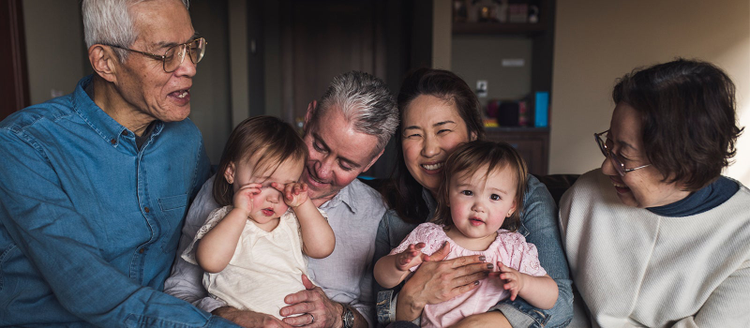
Image source: Adobe Stock / Cavan + Adobe.
Families have never been just nuclear.
(Never.)
Long before ground-breaking events like the legalization of same-sex marriage and, more recently, the legal recognition of children with more than two parents, families of all kinds have been everywhere. Now, though, in part to the success of certain social justice initiatives, more and more familes can live their lives openly — with less fear and more joy.
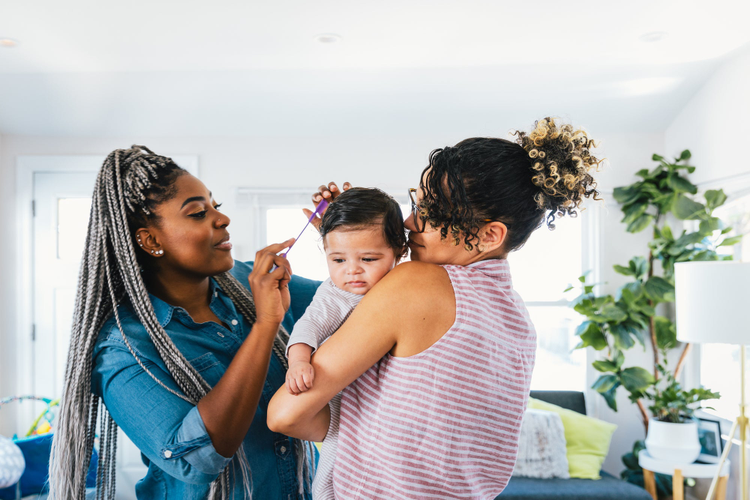
Image source: Adobe Stock / Cavan Images.
The mainstream media, to the credit of hardworking, well-attuned creative teams, has done a lot to catch up over the past few years. However, it is recent events, particularly the widespread outpouring of support for the Black Lives Matter movement in 2020, that have inspired a rapid, collective shift toward inclusive representation.
The world that reflects us back to us, from screens, devices, magazines, and through headphones, now looks and sounds that much more like our world. Top companies — Nissan, Tide, and Nabisco, for example — have recently produced advertisements that feature multiethnic, multigenerational, and LGBTQ+ families. Arts and crafts market Etsy, which produced its first national television commercial in 2018, released a series of holiday ads in 2020, including one in which a man introduces his boyfriend to his family for the first time, reassuring him that “they will love you.” (Spoiler alert: they do.) Booking.com took one of their 2019 ads in a rare direction, featuring a young woman proposing marriage to her male partner.
The road to accurate, diverse familial representation has not been without bumps. In 2013, a Cheerios ad showing a sweet conversation between a little girl and her parents incited racist responses across the internet. The problem? The child’s parents were of different ethnicities.
General Mills, the parent company that owns the Cheerios brand, pulled the advertisement from YouTube in order to curtail a barrage of racist comments, but the ad stayed on air. General Mills also followed up with a sequel, which aired during the 2014 Super Bowl.
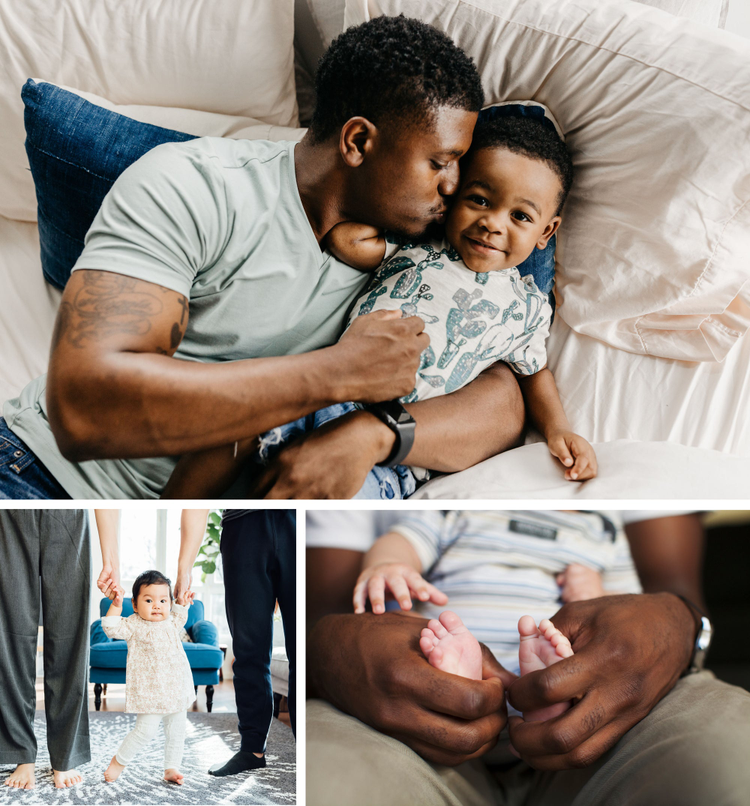
Image source: Top: Adobe Stock / Kristen Curette Photography LLC/Stocksy. Bottom left: Adobe Stock / MaaHoo Studio/Stocksy. Bottom right: Adobe Stock / Roberto Westbrook/Blend Images.
The need for authentic family representation is there
This push for true-to-life depictions of families goes beyond the notion of a trend. Today, it is a must. It is a movement, a commitment, and one with incredible significance, especially to those for whom media representation has historically been scant. During the COVID-19 pandemic that has caused so many of us to shelter in place with our families — and even more of us to hold off on seeing family, longing for a safe way to socialize again — our collective need for authentic connection and community has only grown.
Accurate depictions of family are of particular importance to young people, who are some of the world’s most avid (and savvy) media consumers — and make up the most broadly diverse generation in history. “A bare majority (52 percent) are non-Hispanic white — significantly smaller than the share of Millennials who were non-Hispanic white in 2002 (61 percent),” wrote Kim Parker and Ruth Igielnik, for the Pew Research Center. “One-in-four Gen Zers are Hispanic, 14 percent are black, 6 percent are Asian and 5 percent are some other race, or two or more races.”
Yet the content gap remains — as Generation Z is well aware.
“We need to see people that look like ourselves and can say, ‘Oh, that looks like me!’ or ‘I identify with that,’” Sonali Chhotalal, a high school student from New Jersey, told digital producer Rawan Elbaba in an article for PBS’s Student Reporting Labs program that ran in 2019.
Kimore Willis, a student from California, gave Elbaba the other side of that coin: “It just makes you feel like, ‘Why don’t I see anybody like me?’ [It] kind of like brings your self-esteem down.”
Dazhane Brown of Arizona emphasized the positive impact of broader representation. “If you see people who look like you and act like you and speak like you and come from the same place you come from … it serves as an inspiration,” he said.
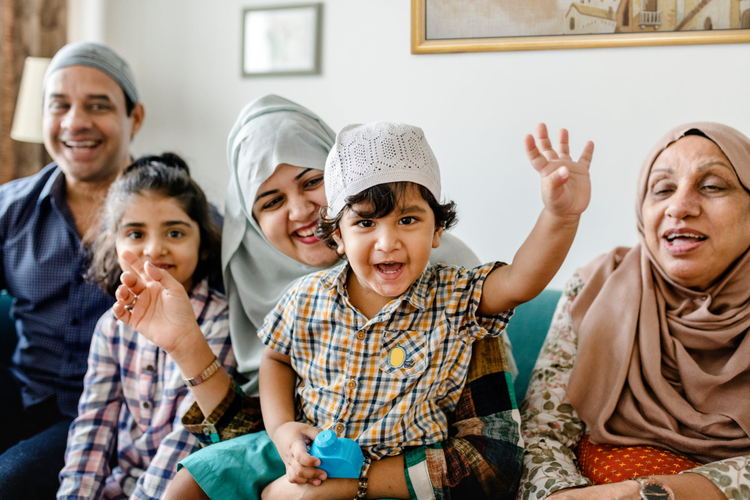
Image source: Adobe Stock / Rawpixel.com.
Getting it right — right now, and looking forward
In order to meet the overwhelming — and long overdue — need to represent a wide array of families in print and on screen, creatives must produce relevant content, at scale. It is not easy; the COVID-19 pandemic has been a time of great stress for everyone, and the crucial, life-saving restrictions in place to prevent its spread have prompted content creators to think very differently about their work. Some continue to operate under heavy precautions, while others have ceased production entirely. Creative teams planning shoots should adhere to sensible safety precautions through the entire process.
Guidelines may vary state-by-state, but the Los Angeles County Public Health Agency has released this comprehensive guide to running and maintaining a safe set, aimed at music, television, and film professionals. For more insight on how to navigate creative processes during the pandemic, check out Adobe’s an on-demand webinar, “The State of Creativity Right Now.”
While we strive to bridge content gaps in visual representation, we must also recognize the great responsibility that comes with such an undertaking — it is not only important to provide the content, but equally if not more so to get it right.
Marc Story, Visa’s senior director of global innovation marketing, summed this up perfectly, quoted in a piece produced by the World Advertising Research Center (WARC) last year. “When we think about, as marketers, that we’re putting people in media, we’re putting people in content, we should be very thoughtful about [the fact] we’re actually helping future generations map out what they want to be, what they can be, what they can achieve,” Story said. “So, I just want to make sure that everyone knows that’s a very important power that many of us hold that we should not take lightly.”
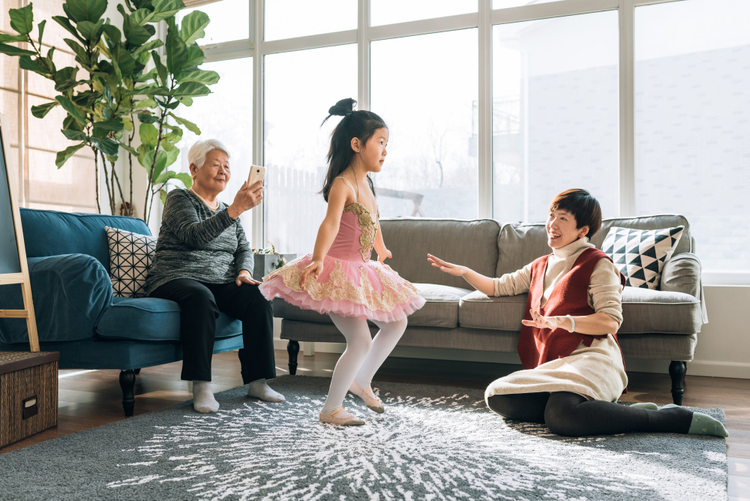
Image source: Adobe Stock / MaaHoo Studio/Stocksy.
It can be tough to know what you do not know.
Luckily, there are many resources out there that can help. GLAAD (Gay and Lesbian Alliance Against Defamation), for instance, has produced a media reference guide to educate creatives on how (and how not) to refer to LGBTQ+ folks, and to the whole community. The Center for Disability Rights has one as well, as does Race Forward. Meanwhile, Loving More, a nonprofit that supports polyamorous communities, provides this list of relevant terms and definitions.
As we begin this particularly significant new year, we as creatives and as people in the world have a massive opportunity at hand: to be a part of change. It is up to us to bring new faces, new stories, and new perspectives to the stock ecosystem, and to do so with integrity, accuracy, and in celebration of what makes all of us, us.
For more insight into the family imagery we are seeking now, check out our Family Life call for content. It is full of inspiring images to get your creativity flowing and we loved putting it together. We invite you to learn more about the Adobe Stock Advocates program, an initiative we formed to increase accurate, inclusive representation within the stock world and beyond.